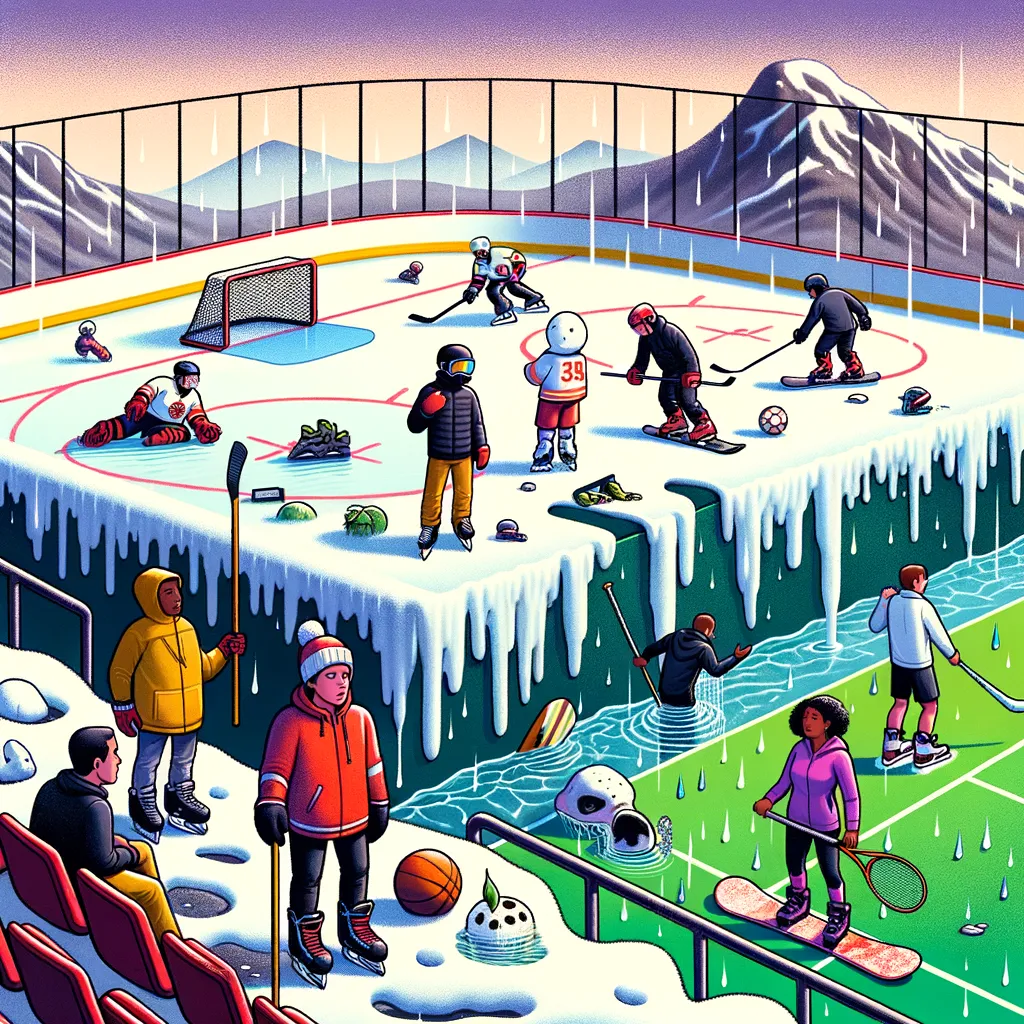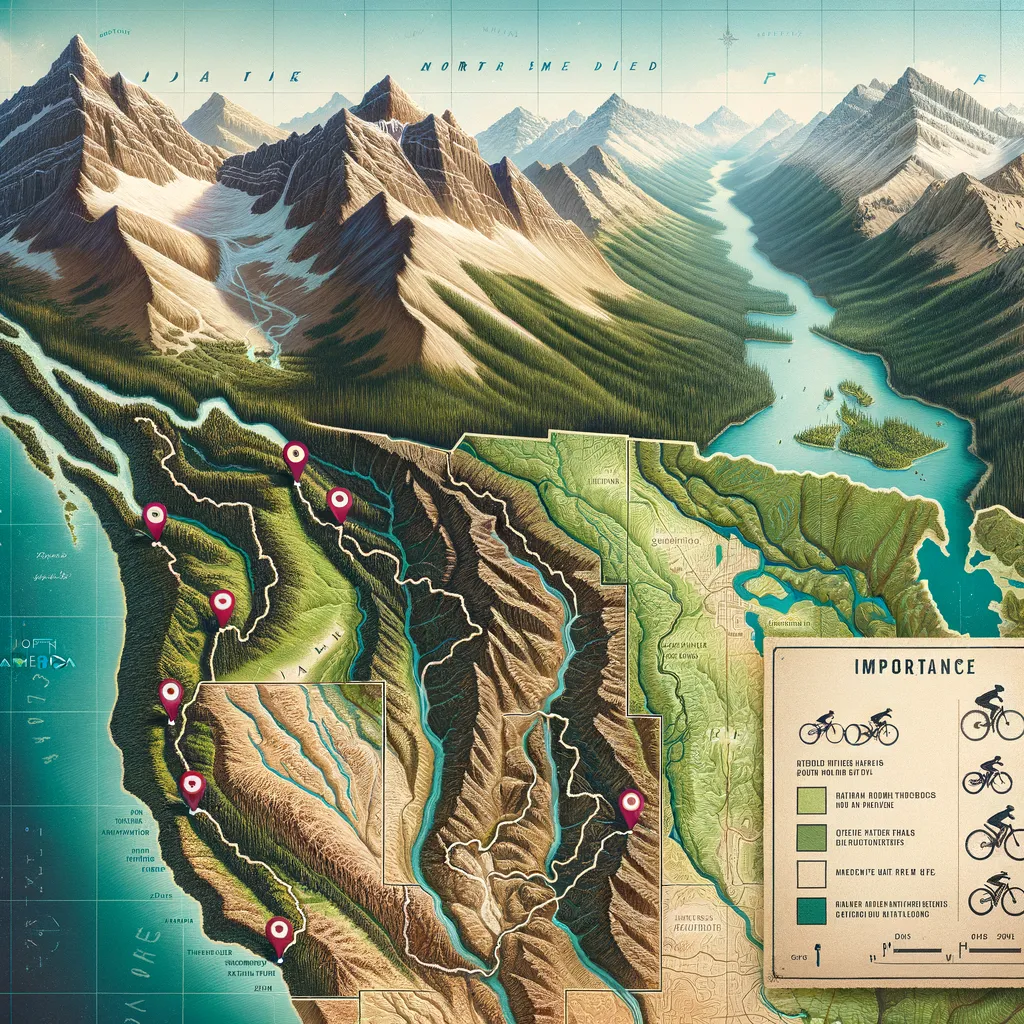The Impact of Climate Change on Outdoor Sports: A Parent’s Guide
Welcome to our comprehensive guide on the impact of climate change on outdoor sports, tailored specifically for parents who are navigating the shifting landscapes of outdoor activities for their children. With the world facing unprecedented changes due to global warming, it’s crucial for families to understand how these climatic shifts affect the sports our children love. This guide aims to equip you with knowledge and strategies to ensure your children can still enjoy their favorite outdoor sports, while also contributing to a healthier planet.
Understanding Climate Change
Before diving into the specifics of how climate change impacts outdoor sports, it’s essential to grasp what climate change is. In simple terms, climate change refers to significant alterations in global temperatures and weather patterns over time. While climate change is a natural phenomenon, human activities have accelerated the process, leading to more extreme and unpredictable weather. This includes hotter summers, colder winters, increased precipitation in some areas, and droughts in others.
The Rising Temperatures and Their Effect on Summer Sports
One of the most immediate effects of climate change that parents and young athletes face is the increase in global temperatures, particularly during the summer months. Sports such as soccer, baseball, and track and field can become more challenging under the sweltering heat. Heatwaves not only make outdoor activities uncomfortable but also pose significant health risks, such as heat exhaustion and heatstroke.
- Adapting Practices: To combat the heat, coaches and sports organizations are adapting practice schedules, opting for early morning or late evening sessions when temperatures are cooler.
- Hydration and Cool-Down Strategies: Emphasizing the importance of staying hydrated and employing cool-down tactics can help young athletes stay safe while enjoying summer sports.
Winter Sports in a Warming World
Conversely, winter sports like skiing, snowboarding, and ice hockey are facing challenges due to warmer winters and less predictable snowfall. The scarcity of natural snow has led to increased reliance on artificial snow-making, which carries its own environmental footprint.
- Choosing Eco-Friendly Resorts: For families that enjoy winter sports, selecting resorts that prioritize sustainable practices can make a difference. These resorts focus on energy efficiency and reducing water usage in snow-making.
- Supporting Local Ski Areas: Supporting smaller, local ski areas not only helps the local economy but can also reduce the carbon emissions associated with travel to distant ski resorts.
The Bright Side: Opportunities for Eco-Conscious Sports Participation
While the challenges are real, climate change also presents an opportunity for families to engage in eco-conscious sports activities. Sports such as cycling, hiking, and paddle sports not only have a lower environmental impact but also allow families to experience the beauty of nature while instilling a sense of environmental responsibility in young athletes.
As we adapt to the new normal of outdoor sports in the era of climate change, it’s more important than ever for parents to guide their children through these changes. By choosing sustainable practices and fostering an awareness of the environment, we can ensure that our children enjoy the great outdoors for many years to come.
This guide serves as a starting point for parents looking to understand and mitigate the impact of climate change on outdoor sports. Stay tuned for more in-depth analyses, tips, and strategies in the following sections as we explore ways to ensure that our children can continue to play, compete, and enjoy the world around them, regardless of the evolving climate.
https://en.wikipedia.org/wiki/Camping

5 Essential Tips for Parents Preparing for the Impact of Climate Change on Outdoor Sports
As we navigate the realities of climate change, it’s imperative for parents to be proactive in preparing their children for the impact it has on outdoor sports. From shifting weather patterns to adapting new sports preferences, the landscape of outdoor activities is evolving. This guide delves into five crucial areas parents should focus on to ensure their children continue to safely enjoy outdoor sports in a changing climate.
1. Embrace the Reality of Climate Change
Understanding and accepting the reality of climate change is the first step in preparing your family for its impacts on outdoor sports. Recognizing the changes happening in our environment can help in making informed decisions about the sports your children participate in. Educate your family about climate change, discuss its effects, and encourage an open dialogue about the emotions and concerns it may bring.
2. Prioritize Health and Safety Measures
The health risks associated with climate change, such as increased temperatures leading to heat-related illnesses, cannot be overstated. Ensure that your children understand the importance of hydration, wearing appropriate clothing, and recognizing the signs of heat exhaustion and heatstroke. Likewise, for winter sports, teach them the importance of dressing in layers to keep warm and strategies to avoid frostbite during colder conditions exacerbated by climate fluctuations.
- Adapt Sporting Schedules: Adjusting the times your children engage in outdoor sports can significantly mitigate health risks. Opt for cooler parts of the day, like early mornings or late evenings during summer months, and warmer midday periods in winter.
- Proper Equipment: Invest in quality sports equipment that can help protect your children from extreme weather conditions. This includes moisture-wicking clothing for summer sports and insulated, water-resistant gear for winter activities.
3. Support and Choose Sustainable Practices
Choosing sports and facilities that prioritize sustainability not only helps in mitigating the effects of climate change but also instills a sense of environmental stewardship in your children. Look for local sports organizations that:
- Implement water conservation measures
- Use renewable energy sources
- Encourage carpooling to practice sessions and games
Moreover, engaging in sports with minimal environmental impact, like cycling or hiking, can inspire a deeper connection with nature while promoting physical health.
4. Stay Informed and Flexible
The situation surrounding climate change is constantly evolving, requiring parents to stay informed about the latest research and recommendations. Follow credible sources for updates on how changing climate patterns may affect outdoor sports in your area. Flexibility is key in adapting to these changes; be ready to modify sports preferences or the seasons in which certain sports are played as weather patterns shift.
5. Encourage Participation in Indoor and Alternative Sports
As some outdoor sports become more challenging due to climate change, promoting indoor or alternative sports can keep children active and engaged. Sports like indoor swimming, basketball, and rock climbing can be excellent alternatives. These activities not only offer safe and controlled environments but also provide opportunities for children to develop new skills and interests that are less affected by weather conditions.
Preparing our children for the impact of climate change on outdoor sports involves more than just reacting to weather changes; it’s about fostering adaptability, sustainability, and a proactive mindset towards health and safety. By taking these steps, we can ensure that our children not only continue to enjoy the myriad benefits of outdoor sports but also contribute to a collective effort to combat the effects of climate change. Let’s empower our young athletes to pursue their passions with resilience and awareness, ensuring a brighter, healthier future for them and the planet.
Disclaimer
The articles available via our website provide general information only and we strongly urge readers to exercise caution and conduct their own thorough research and fact-checking. The information presented should not be taken as absolute truth, and, to the maximum extent permitted by law, we will not be held liable for any inaccuracies or errors in the content. It is essential for individuals to independently verify and validate the information before making any decisions or taking any actions based on the articles.




